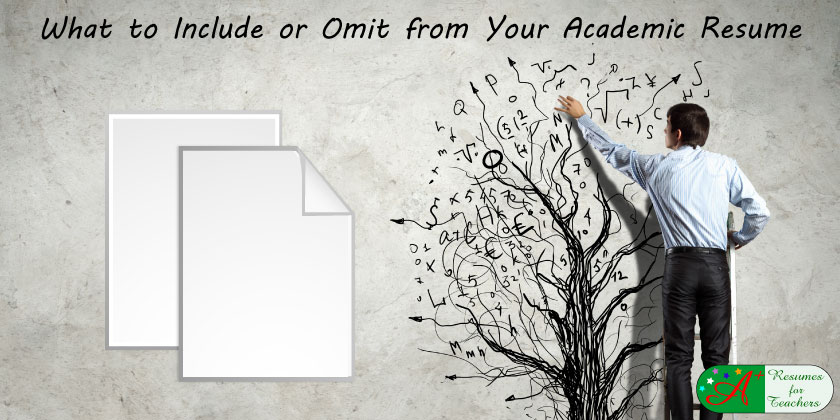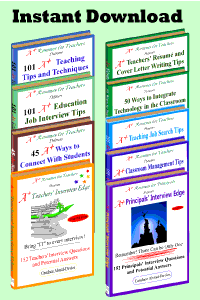Crafting an academic resume requires careful consideration of what to include and what to omit to make a strong impression on prospective employers. Let’s delve deeper into these points:
1. Career Achievements: Highlighting your accomplishments is crucial to showcase your effectiveness as an educator. Focus on tangible results and contributions that set you apart from other candidates. For example, if you implemented a new teaching strategy that significantly improved student performance, quantify the impact by stating specific outcomes, such as increased test scores or graduation rates.
2. No Life Stories, Please: While it’s essential to provide relevant information about your professional background, personal details such as age, weight, or race are unnecessary and should be omitted. Keep the focus on your qualifications, skills, and achievements directly related to the teaching position.
3. Leave References Off the Resume: Avoid including references directly on your resume. Instead, provide a separate list of references on request. This keeps your resume concise and allows you to tailor your reference list to each job application based on the specific needs of the position.
4. The Presentation Is Vital: Optimize the format and layout of your resume for easy readability. Use bullet points to highlight key achievements and responsibilities, making it easier for hiring managers to quickly identify relevant information. Choose a clean, professional font and avoid excessive formatting or graphics that may distract from your qualifications.
5. Proper Grammar Is Important: Ensure your resume is free of grammatical errors and typos, as these can detract from your professionalism. Proofread your resume multiple times and consider having a trusted friend or colleague review it for accuracy and clarity. Use concise, descriptive language to effectively communicate your skills and accomplishments.
6. You’ve Got Mail: When emailing your resume, be mindful that formatting may not always translate correctly. To avoid potential issues, save your resume in a universal format such as PDF or Rich Text Format (RTF). Test the document on different devices to ensure it maintains its formatting and readability.
By adhering to these guidelines, you can create a polished academic resume that effectively showcases your qualifications and positions you as a strong candidate for teaching positions. Remember, the goal is to present yourself as a professional educator capable of making a positive impact in the classroom and school community.


